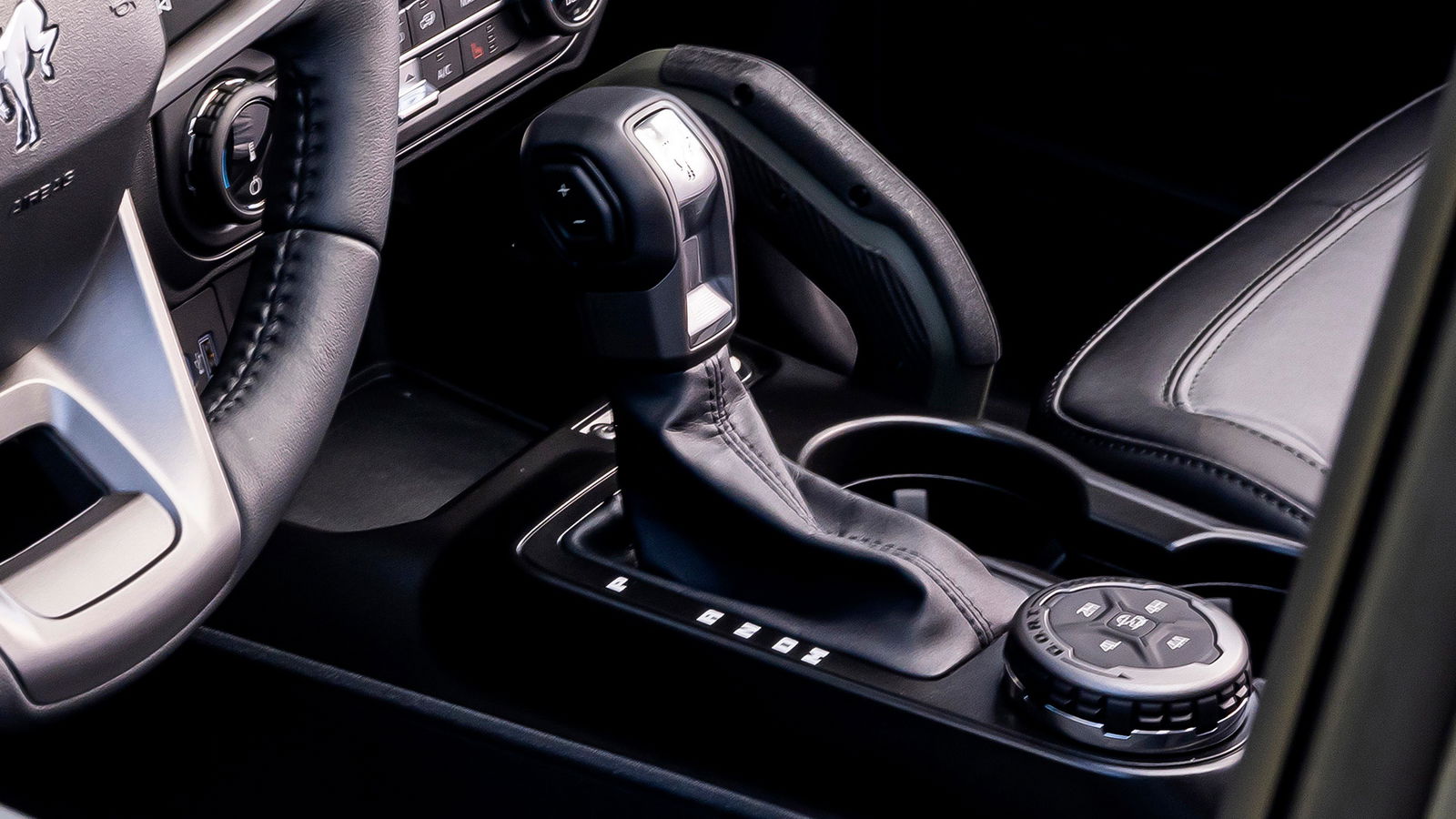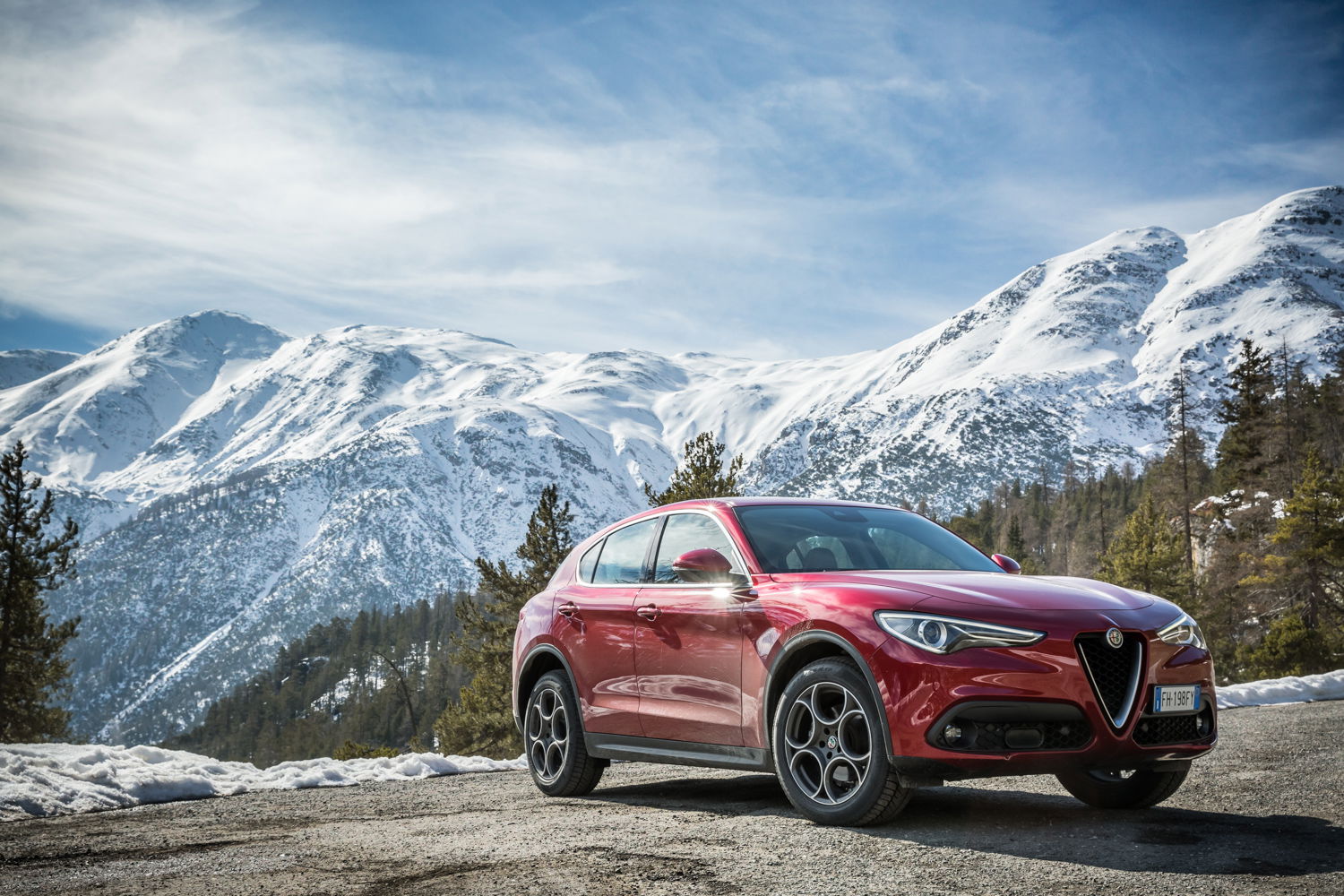What Is Overdrive, And Why Don’t New Cars Have It?

Taken completely out of context, ‘overdrive’ sounds pretty cool. At the press of a button or a flick of a switch, it may seem like a hidden surge of power waiting at your fingertips – like you’re in the Millennium Falcon and about to unleash hyperdrive.
The reality though, is dramatically less exciting – and there’s a good reason you won’t see overdrive on any modern cars. So what is it, exactly?
What is overdrive?
Overdrive, simply put, is used as a way of improving fuel economy and reducing engine noise once a car is up to speed. That’s significantly less exciting than IRL hyperdrive.
Back in the day, top gear in most cars meant the input rotation speed from the engine was the same as the output shaft from the transmission, or a 1:1 ratio. That would leave engines sitting at high revs when at a constant speed. Keep in mind this was at a time when anything more than a four-speed gearbox was a rarity.
Rather than developing more expensive gearboxes with more gears built within, it was easier and cheaper to make an additional gearing unit on the back of the gearbox before the propshaft. And thus, ‘overdrive’ was born.
This, in essence, increases the ratio of the tallest gear. The output shaft has further to rotate, reducing the revs of an engine once at speed.
When should you use overdrive?
If you happen to own a car with overdrive, it’s not something you’ll really want to use other than when you’re at a constant speed. With gear ratios being lengthened, an engine’s peak power and torque become less exploitable and therefore acceleration is reduced.
Why don’t modern cars use overdrive?

As it often does, technology advanced far enough to make the idea of an ‘overdrive’ unit obsolete. As five- and six-speed gearboxes became more commonplace, the need for an overdrive dwindled.
Now with automatic gearboxes offering as many as 10 speeds in the case of some Fords, it’s effectively built into most gearboxes.



Comments
sighs
Some cars came with planetary overdrive units, but almost all of them (in ford and chevys case) redesigned the transmissions to have the overdrive gear incorporated. The 700r4 and fords AOD are 4 speed versions of the th-350/400 and fords C4 (?) transmissions. On all 4 of the transmissions listed 3rd gear is direct drive, but on the 700r4 and AOD you have a 4rth that is your overdrive gear. the switch on your dash is nothing more than an electric solinoid lockout meant to either; allow you into overdrive, or “lock you out” of overdrive (just prevents 4rth from engaging) depending on switch position. The only time a planetary overdrive gear set is used would be on a front engine rwd car where there is room for it. Personally only vehicle I’ve ever seen with a planatary set was some junk 90s Cummins and it didn’t come that way from the factory.
i still want a overdrive on my M47…
How come you can flick the overdrive switch without using the clutch?
“…And why they’re not a thing anymore” dummy, theyre always gonna be a thing. Even cvt transmissions have overdrive and they dont even have gears
Wish I had overdrive for my Cougar. The 7 hour drive from New Mexico to Arizona isn’t much fun with a 3 speed. Car was above 4k rpm the whole way there. The red-line is around 5500. Got a whopping 12mpg. Can’t wait till I get that 5 speed installed.
My outlander’s cvt has a manual mode with “gears” 1-6, controlled with paddle shifters and/or the gearknob itself. Fun to play with but its always better on fuel letting the cvt manage things.
Good article
I think it’s wrong to say overdrive “multiplies the torque”, because of the output shaft spinning faster than the input shaft. Torque actually decreases when the ratio gets smaller, but RPM is set for a better range and that is not actually multiplying torque.
When I hear overdrive, I think of this:
Something for old car guys - Overdrive kicked in yo.
Pagination